
Category:
Time:
The main bottleneck of skim milk ultrafiltration (UF) is flux mastering and fouling removal during cleaning. Over the last 10 years, the impact of the membrane chemical ageing due to the disinfection step was systematically studied. The selected membrane was a PES/PVP (HFK-131, 5-10 kg.mol-1, Koch). Its cleaning (1h, 50°C, 2 bar) was achieved by 2 formulated alkaline detergents: P3-Ultrasil 10®, Ecolab, 4 g.L-1 or Deptal UF L1® provided by Kersia, 5 g.L-1.
Two main protocols were used:
(1) filtering skim milk and cleaning & disinfecting solutions directly on spiral membranes
(2) achieving filtration with flat membranes either pristine or voluntary chemically aged prepared using microwave (MW) activation simultaneously applied to soaking in the disinfecting solution [1,2], either sodium hypochlorite (NaOCl) (pH= 8.0, pH=11.5) or peroxide H2O2) + peracetic acid (CH3CO3H) (natural acid pH).
A selection of results will be shown during the presentation:
- Misleading interpretations can be drawn from water flux measurement when dealing with the efficiency of chemical and enzymatic cleaning after nitric acid treatment for a pristine membrane [3,4]
- Changing UF at limiting flux (the maximum reachable flux commonly used at industrial scale) by UF at critical flux decreased the overall fouling, the irreversible fouling and moreover increased the cleanability of the pristine membrane [4]
- Disinfection steps used to ensure hygienic safety are generally achieved with NaOCl induced membrane accelerated ageing modifying both the critical and limiting fluxes but also the membrane cleanability [4]
- Misleading interpretations can be drawn from water flux measurement for NaOCl aged membranes as the opposite phenomenon can result: ageing induces a flux increase whereas the irreversible fouling increase induces a flux decrease [5]
- Comparison of chemical ageing due to NaOCl and H2O2 + CH3CO3H was systematically achieved confirming that oxygen is less aggressive than chlorine toward the membrane.

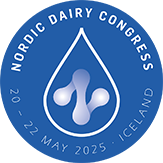






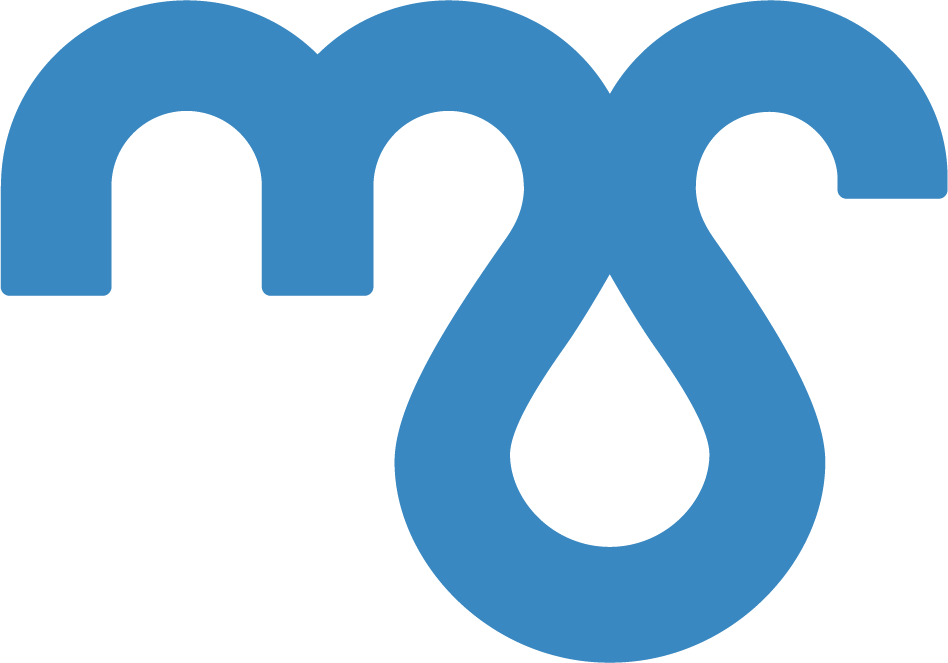

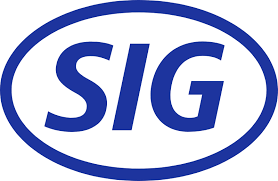
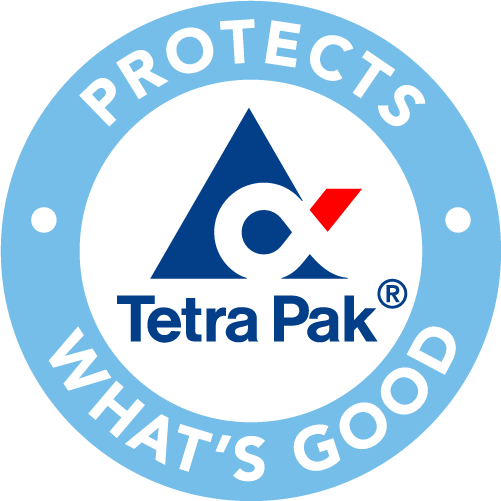



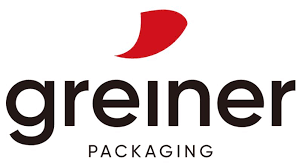
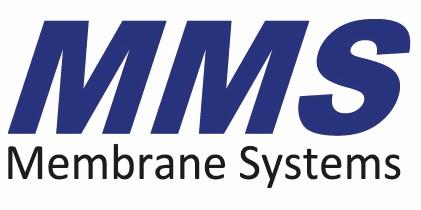


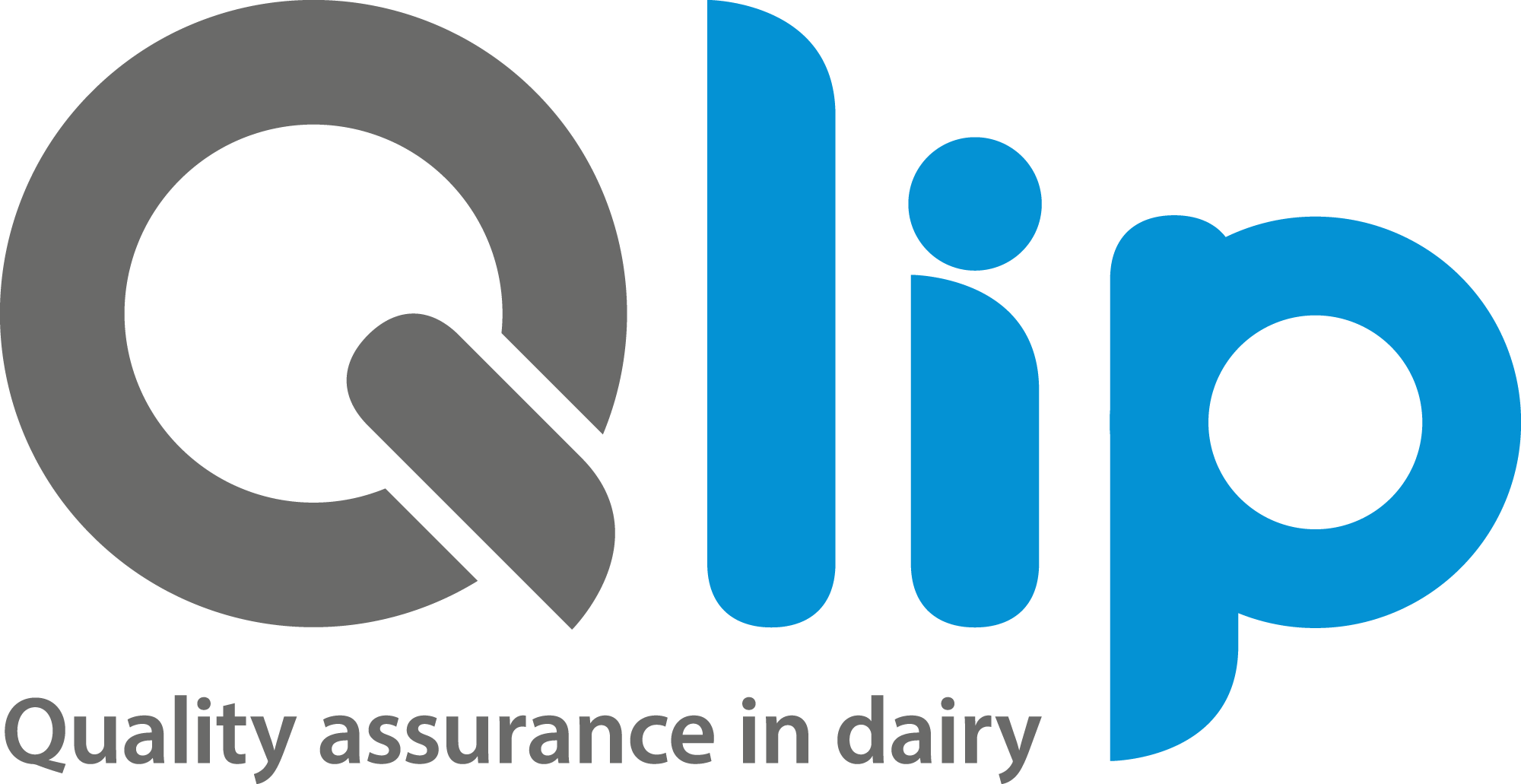
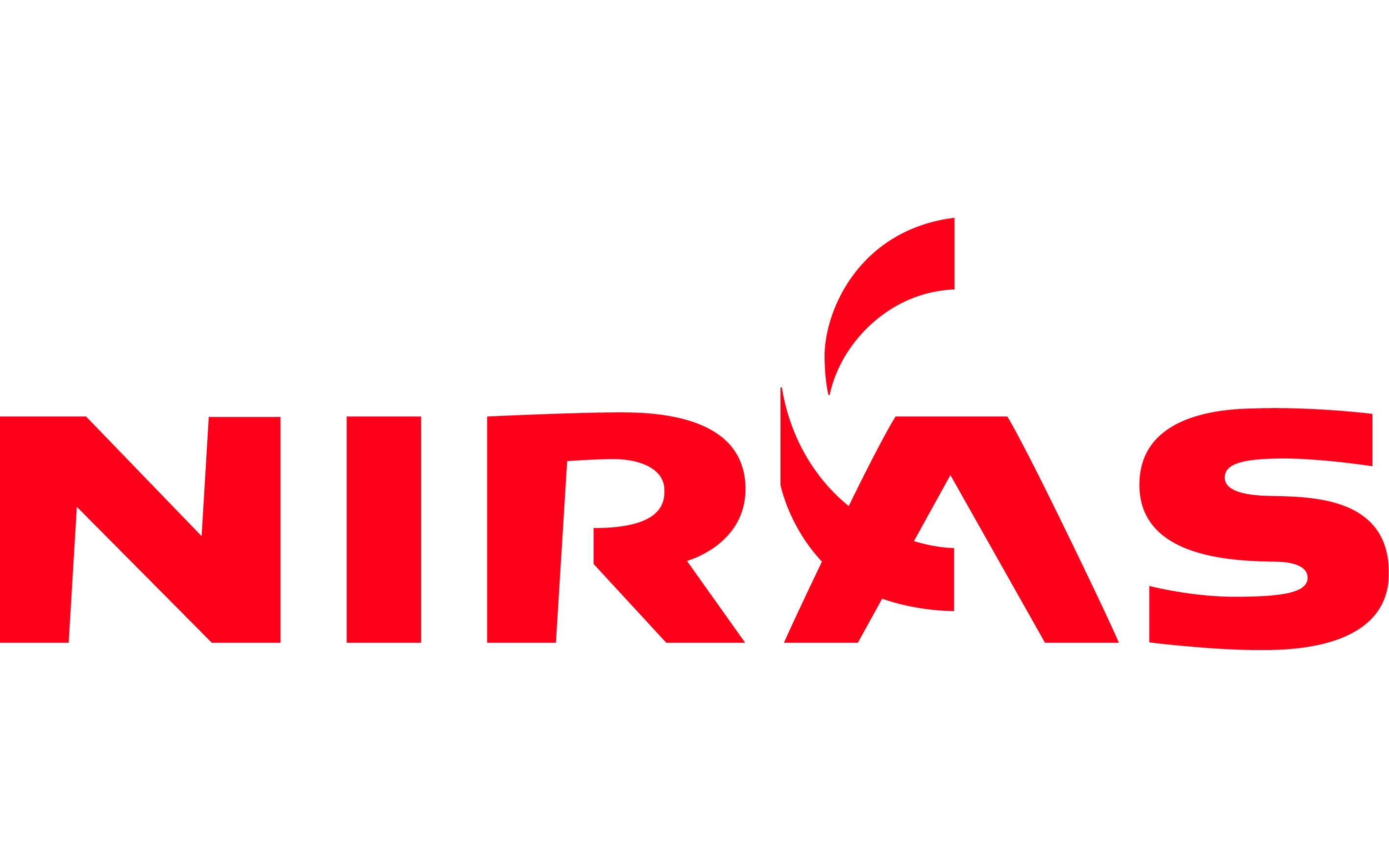









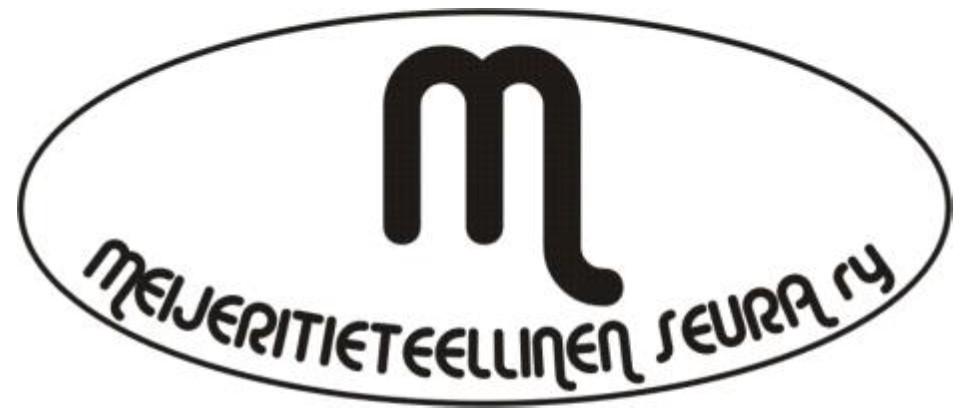
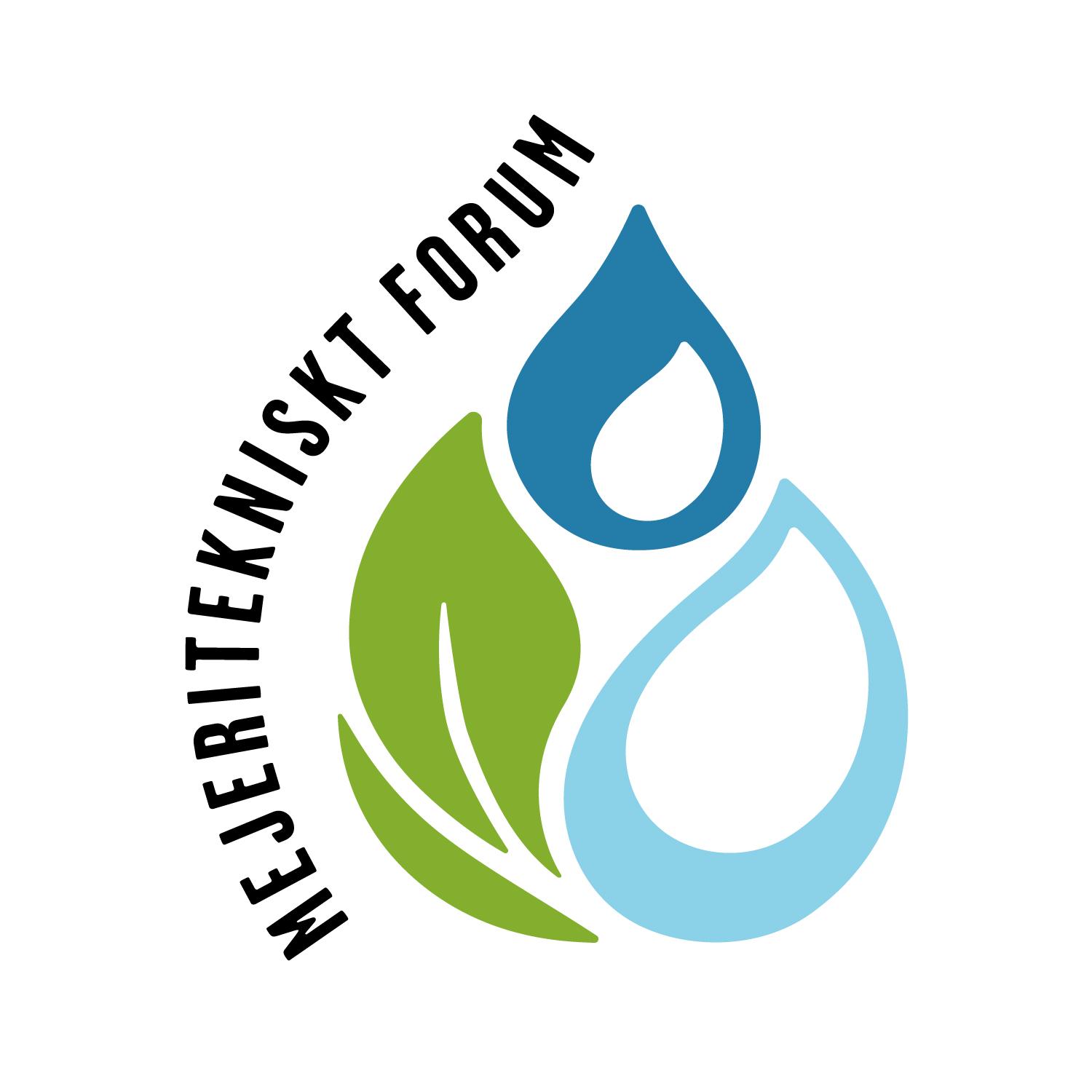
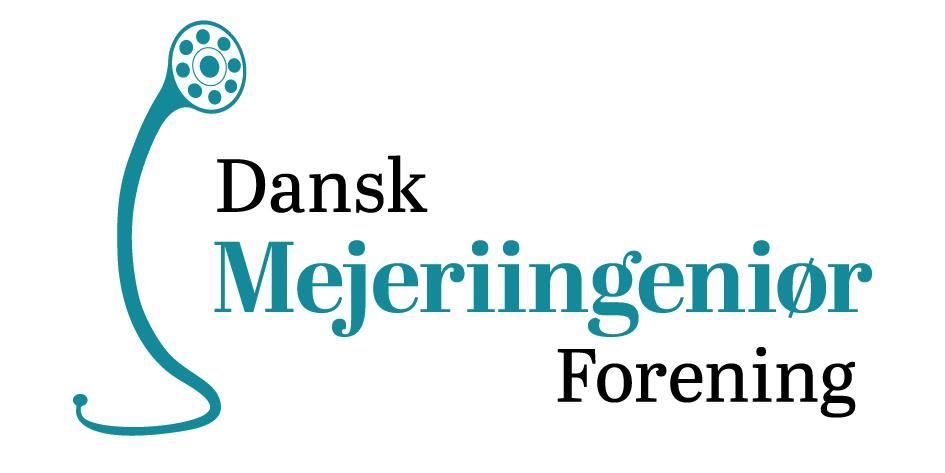
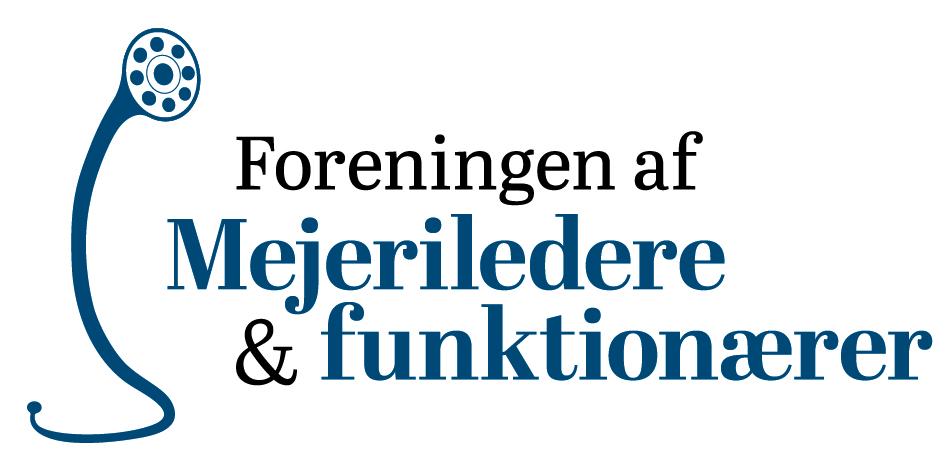



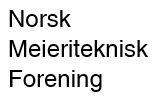
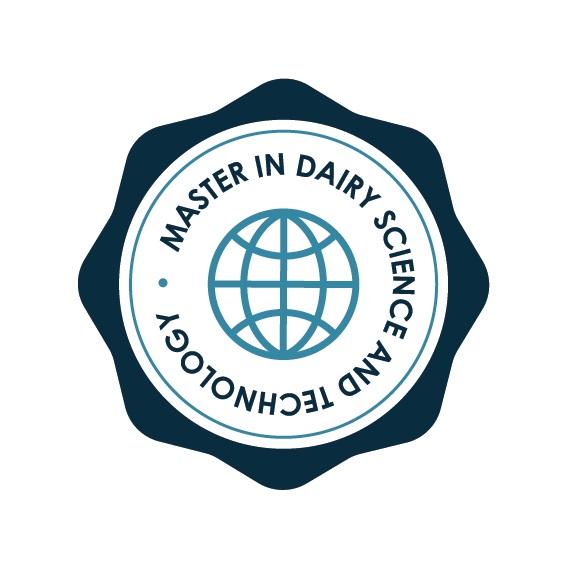


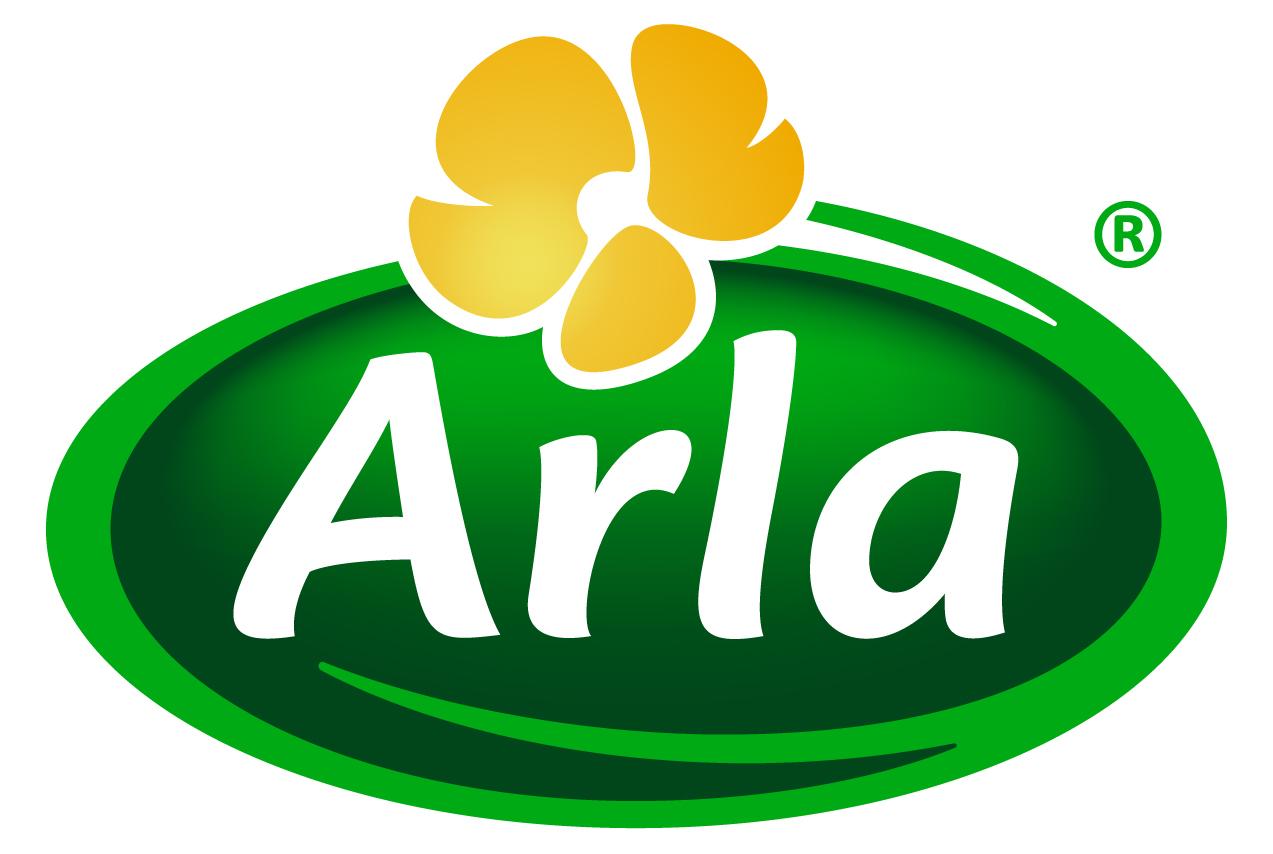

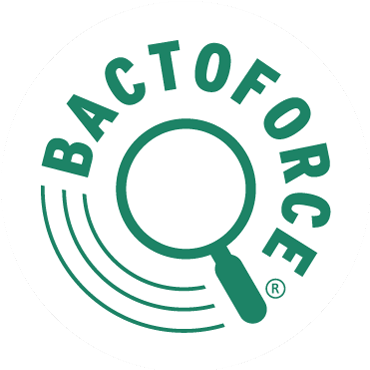

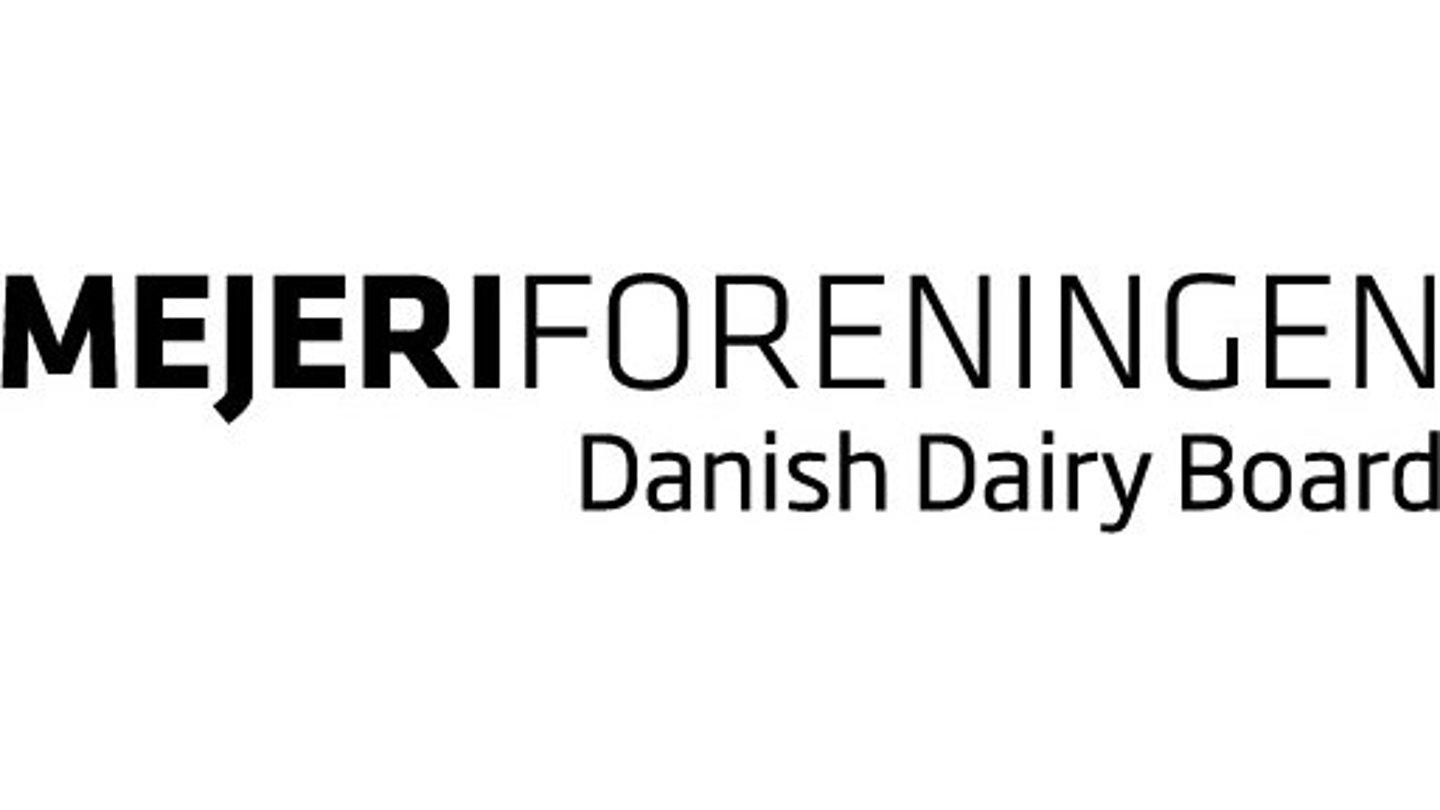
 Munkehatten 28
Munkehatten 28